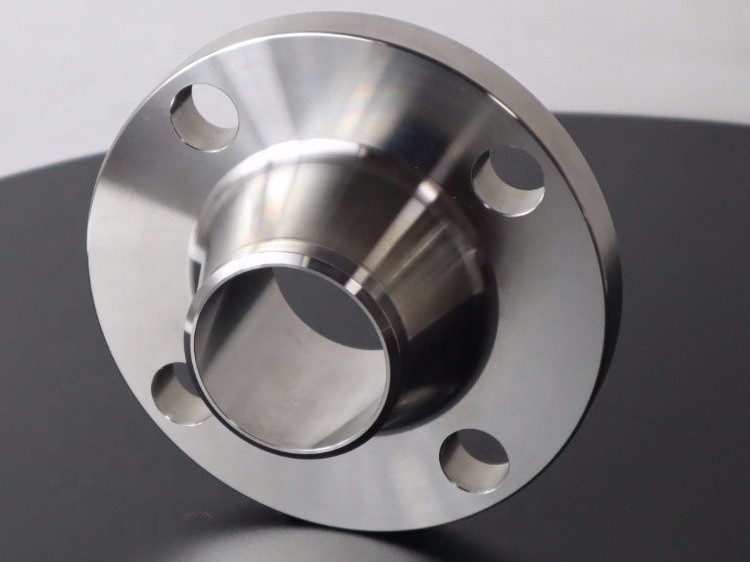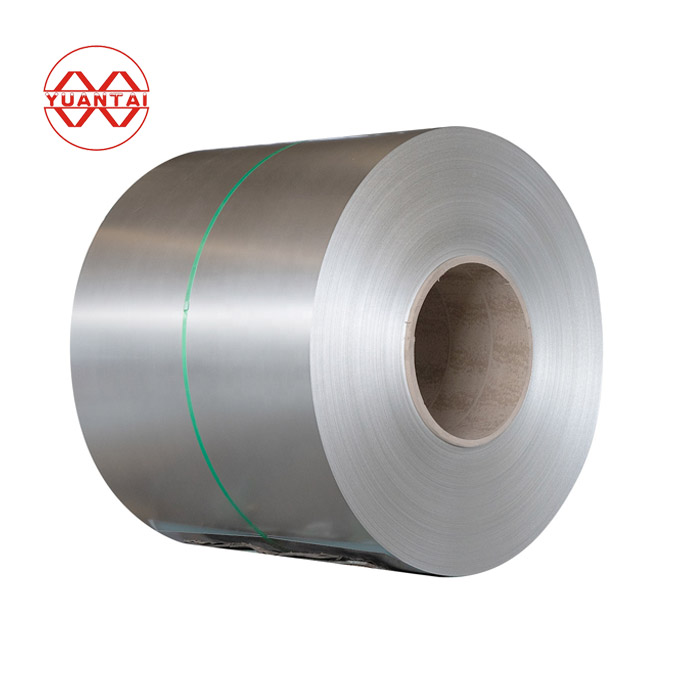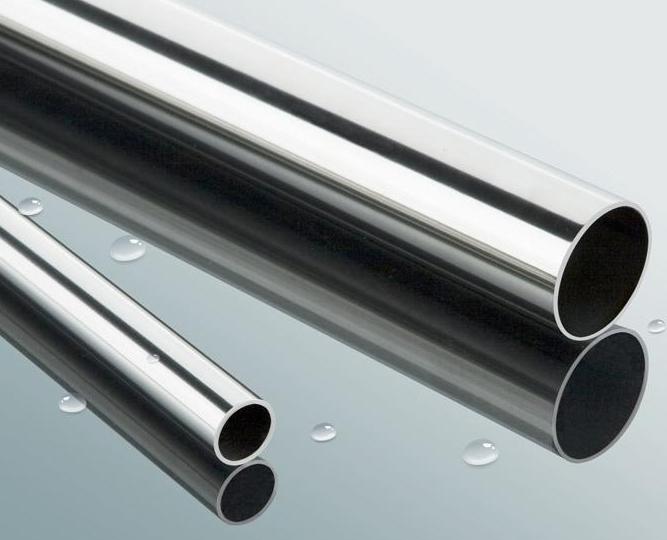A stainless steel pipe schedule 40 is an indispensable resource when it comes to transporting a variety of fluids and gases. It differs from its schedule 80 counterpart primarily by way of its wall thickness, being that it is less stout than the latter. As such, it is considered more economical and manageable to move around.
Boasting remarkable strength and an unequaled resistance to corrosion, stainless steel emerges as the perfect material for production of various pipe schedules. Composed of steel and chromium, this alloy guarantees top-notch quality and robustness, making it a top-choice material for many applications.
The thickness of pipe walls varies, and the three main classifications are 40, 80, and 120. The thinnest pipes with schedule 40 are typically used for jobs needing minimal pressure. Tasks requiring greater compression rely on ships of schedule 80, and the thickest pipes with schedule 120 are reserved for applications that put a huge amount of strain on them.
Pipes are frequently constructed from a selection of materials, chief among them being stainless steel, carbon steel, and alloy steel. Schedules are assigned according to the pipe’s material of origin.
An alloy of steel and chromium, known as stainless steel pipes, are the perfect vessel for use in environments dealing with great amounts of pressure and intensity due to their strength and resistance to corrosion.
Typically crafted from a combination of iron and carbon, carbon steel pipes are a more economical alternative to stainless steel pipes and boast a higher level of resistance to corrosion compared to alloy steel pipes.
After combining steel with other metals, alloy steel pipes are the result – and in terms of price, they are quite a substantial investment. However, their resistance to corrosion means that they’re worth the cost, promising long-term reliability that can’t be achieved with other types of pipes.
The diameter of pipes can be classified and defined according to their size, the most commonplace being 1/8″, 1/4″, 3/8″, 1/2″, 3/4″ and 1″.
The wall thickness of any given pipe is determined using pipe schedules. With Schedule 40 pipes being the thinnest, and suitable for use in operations requiring low pressure, moving up in number brings an increase in thickness. A Schedule 80 pipe is thicker and designed for greater pressure, while the thickest of all, the Schedule 120 pipe, is used for very high-pressure functions.
If measured by their purpose, pipes come in four fundamental forms: pipes, fittings, valves, and flanges. These specific types of pipes are the most ubiquitous and generally used.
Fluid and gas transport is managed through the use of pipes, which are categorized in accordance with their diameter and wall thickness.
Fittings that bond pipes together come in various materials and serve a myriad of purposes.
Valves come in various shapes and sizes, all serving a purpose of regulating the flow of liquids and air. Distinguished by their intended use and composition, they are essential elements of circulation control and, in some cases, safety.
Flanges are used to bridge the gap between pipes and other components. These devices come in many varieties, with each able to fulfill a specific purpose and made from different materials.
Post time: 2023-06-28
Related Product

Stainless steel square tube
Stainless steel 201 304 square tube, durable, stainless steel square tube for building decoration Stainless steel square tube is a kind of hollow long steel, because the sec […]

stainless steel Straight Tee
Stainless steel tees are pipe fittings and pipe connectors. It is used at the branch pipe of main pipe. Stainless steel tees can be divided into equal diameter tees and reducing te […]

Stainless steel flange
Stainless steel flange Stainless steel flange is mainly used for pipe connection in pipeline engineering. INTRODUCTION Stainless steel flange is mainly used for pipe connect […]

Stainless steel grooved pipe Stainless steel special-shaped pipe
The stainless steel grooved pipe is a kind of stainless steel profiled pipe. The stainless steel profiled pipe is the general name of the steel pipes of other cross section […]

Stainless steel coil 316L 304 201 310S stainless steel cold rolled coil wiredrawing film
Thickness specification of stainless steel strip – table (full page length and width can be customized by zero cutting) 0.05mm 0.1mm 0.15mm 0.2mm 0.3mm 0.4mm 0.5mm 0.8 […]

38BA clean pipe ss304 stainless steel pipe ferrule connection stainless steel pipe
Product name 3/8 “BA clean pipe ss304 stainless steel pipe ferrule connection biopharmaceutical fluid delivery Classification BA clean pipe/EP super clean pipe Product Desc […]

Stainless Steel Capillary Pipe Tube
304 stainless steel capillary tube 316L precision seamless tube manufacturer of ultra small caliber thin-walled tube for medical instruments texture of material:304、316 Spec […]

Billet 420 round steel 3.0-300mm 420 stainless steel bar good straightness quenching and tempering treatment
Billet 420 round steel 3.0-300mm 420 stainless steel rod straightness is good Quenching and tempering treatment 2Cr13 stainless steel has high hardness and good corrosion resistanc […]

Stainless steel 90 ° elbow
In a piping system, an elbow is a fitting that changes the direction of a run. Product introduction The 90 ° stainless steel elbow is composed of fabric reinforced stainless steel […]
